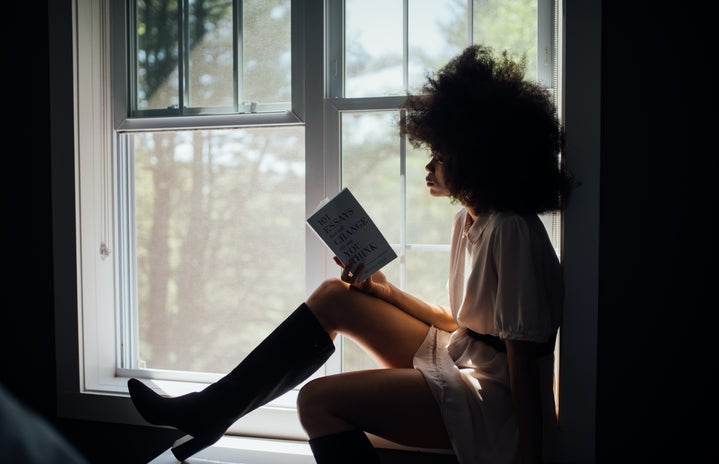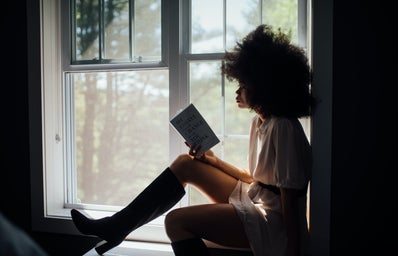The Femme Fatale, French for “deadly woman,” is an archetype that isn’t just found in books or in movies, they’ve been around for centuries in myths and ancient stories. But those stories have inspired characters that shape and evolve the empowering archetype that is a femme fatale in today’s storytelling, whether that be in cinema or in literature.
The origin of the femme fatale comes from different women in history, such as Medusa in Greek mythology and Eve from the Bible. These women are framed as seductive, manipulative and evil. They start out by hypnotizing their lovers (almost always men) into inescapable bonds, and then that leads them into dangerous and often deadly situations. Medusa, a Gorgon with snakes for hair, would lure anyone of any gender into looking into her eyes and turning them to stone. The first woman, Eve, convinced Adam to eat the apple, which led to both of their demises. While these women are framed as evil, even saying Eve committed the original sin, they can be seen as quite powerful female figures. In reality, Medusa was granted her power so that no other man could hurt her ever again. Using that ability for revenge and self-preservation, I feel, empowers all women to take matters into their own hands and protect themselves.
For most of time, the femme fatale has remained an archetype that paints women as manipulative and evil rather than empowering and a symbol of unification for women. This really started as a trend throughout the film noir era in the 20s and through the 50s, where films with sad demeanor and themes were prevalent. According to Vintage Woman Magazine, Theda Bara popularized the trope of femme fatales in movies starting in the 20s with her films Cleopatra, The Lure of Ambition and A Fool There Was. This wave of femme fatale popularity is connected to WW2, since women had to step up from not only performing domestic duties but also working in factories as the breadwinners of the household. Women gained more agency and power in their lives, so the femme fatale was something that women admired and men feared. Theda Bara herself played a vampire, or vampiric role in many of her films, luring men into her clutches and either ruining their lives or nearly killing them in an act of power. She was either the secondary villain that aided the plot or was the main antagonist of the film. This archetype somewhat died out after this time period, but the qualities and traits of a femme fatale have influenced many modern films and characters.
A great example of a modern-day femme fatale is Carrey Mulligan’s portrayal of Cassie Thomas in Promising Young Woman. [SPOILERS AHEAD] In the film, Cassie’s best friend experiences sexual assault and she vows to avenge her. She also takes this as an opportunity to manipulate other men by posing as a vulnerable girl at a bar or a club so that they think they will be able to take advantage of her, before revealing that she was sober and humiliating them. She later meets up with her best friend’s husband at a bar and enacts the same routine with him. However, this quickly turns south and our femme fatale ends up dead instead of catching him in his act. In a twist, we learn that she sent a package to one of her friends that shows exactly what would happen in case she died with a video of him committing the crime. This means that she prevailed in her pursuit of justice at the cost of her own life. Cassie is a powerful symbol as a femme fatale. She got men to admit to their wrongdoings by tricking them and getting them into situations they couldn’t get out of — a modern twist on vulnerability that women still experience to this day. The character of Cassie Thomas represents the reality for women: what they experience every day and what they risk every time they’re out alone or even in groups.
The femme fatale is still a powerful symbol for women but has only evolved into more storytelling devices for filmmakers and authors to utilize when writing powerful women in their own stories.



